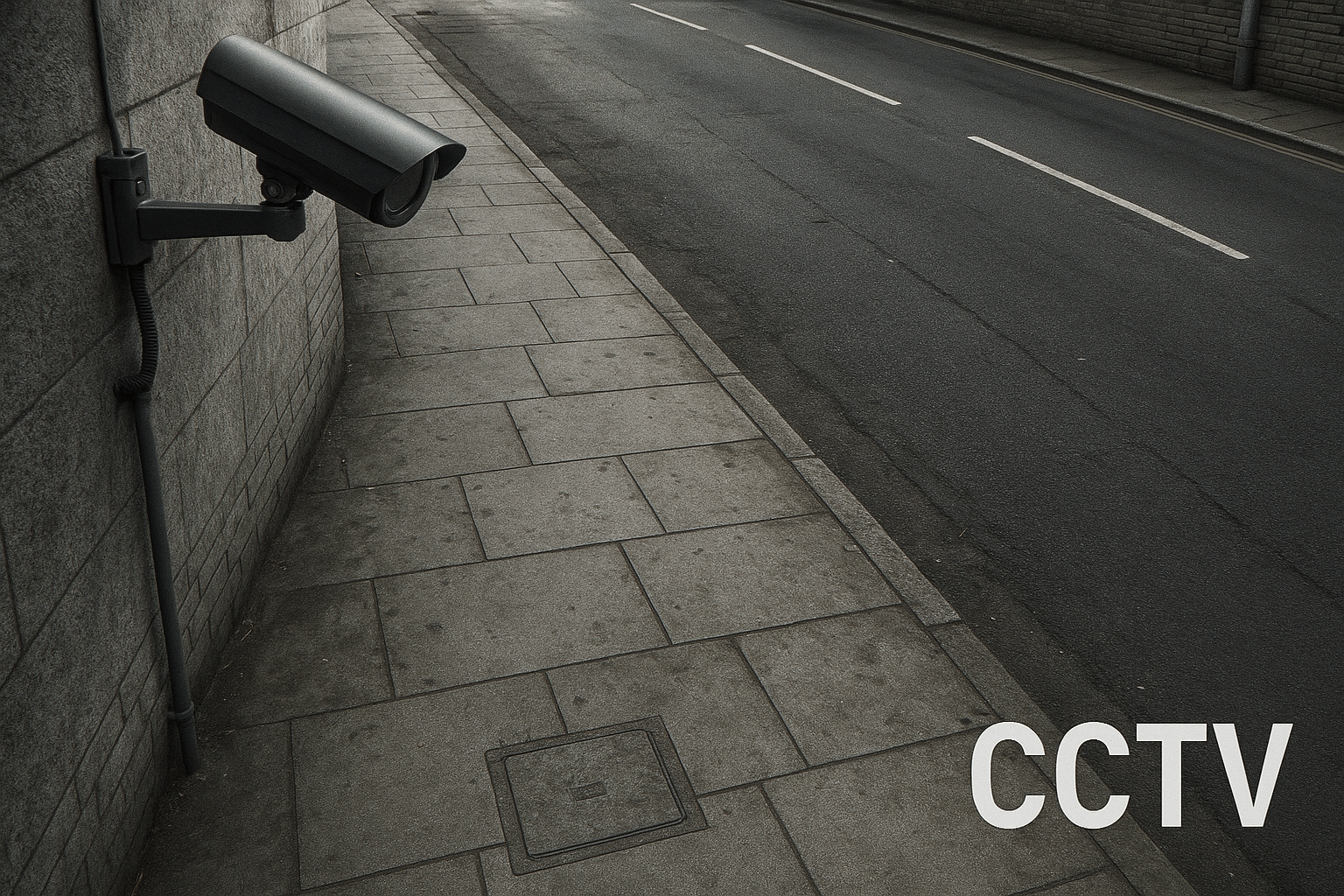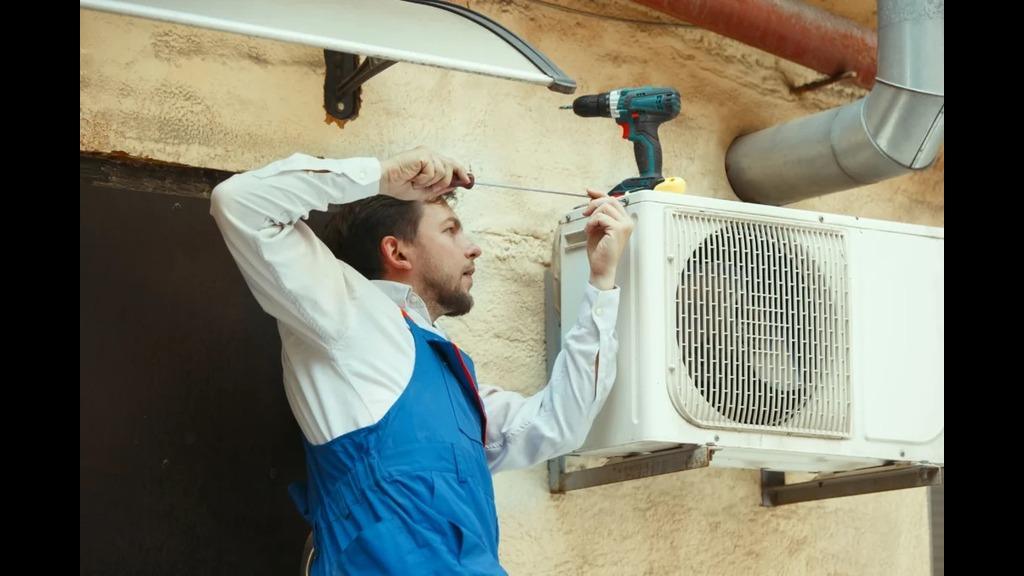Every 26 seconds, a burglary takes place in the U.S., and most remain unsolved due to scant evidence. As societies increasingly urbanize and safety concerns swell, CCTV transcends mere security gadgets to become a fundamental necessity.
In this blog post, we will dissect why this system stands out in importance, the benefits it provides, how to decide on the right system, common pitfalls to avoid, and the advancements shaping the future of this realm.
Why the World Today Needs CCTV
Real-time visibility of areas that matter may mean deterring a crime, monitoring business, or protecting loved ones at home. Increasing cases of theft, vandalism, and breaches in security require that having eyes in places where one cannot physically be present now becomes an essential form of defense.
For businesses, though, such systems ensure compliance; they reduce liability and increase employee accountability. At-home settings offer the owners peace of mind and may also reduce insurance premiums.
Key Benefits of CCTV Systems
- Crime Deterrence
The presence of visible security cameras discourages would-be intruders. Studies have found that areas with security cameras have significantly lower crime rates compared to those without.
- All-Day Surveillance
Modern CCTV systems can operate round-the-clock with pertinent features such as night vision, motion detection, or cloud access so that the person gets entertained as needs require at the time.
- Evidence Collection
Footage can be used in courts to substantiate claims or nullify false accusations. The cameras having HD can capture finer details: faces, license plates, and timestamps.
- Remote Monitoring
Arlo, Hikvision, Ring, and Dahua brands offer apps to users for accessing live feeds and old recordings.
How to Choose the Right CCTV System
Step 1: Define Your Objectives
- Home security? Wi-Fi-enabled indoor/outdoor cameras with two-way audio are a must.
- Business monitoring? Multi-channel systems with DVR/NVR capacity and strong storage should be your choice.
Step 2: Know the Camera Types.
- Dome Cameras – They are better looking when placed indoors and are vandal resistant.
- Bullet Cameras – Better suited for outdoor viewing from afar.
- PTZ (Pan-Tilt-Zoom) – Can be moved manually or automatically to cover huge areas.
Step 3: Decide on Storage Options
- Local DVR/NVR, ideal for fixed setups.
- On-cloud, gives you freedom but you might have to pay monthly.
Step 4: Ensure Good Integration
Work with smart systems (Alexa, Google Home), alarms, and sensors for a real security system.
Field Experience: CCTV in the Retail Industry
Case Study: A convenience store in Chicago lowered its shrinkage by 45% within six months of installing a multi-camera hikvision CCTVs system.
Prior to the installation of cameras, the owner stated that thefts occured quite frequently during peak hours. After the installation of visible cameras coupled with remote alerts, thefts decreased significantly from inside and outside. The footage also came handy in resolving a fraudulent injury claim that would have cost the business thousands.
Practical Advice for Effective CCTV Deployment
- Strategic camera placement: entrances, exits, and blind spots.
- Signage: Informing people that areas are under surveillance acts as a deterrent.
- Network Security: Steps include changing passwords from defaults and encrypting data.
- Test regularly: Check video quality, recording settings, and backup storage weekly.
Common Mistakes to Avoid
- Ignoring lighting conditions: One bad lighting situation leads to a poor-quality footage. Keep in mind that night cameras can be chosen with IR night vision or that auxiliary light can be installed.
- Ignoring legal regulations: Being mindful of local laws related to surveillance, especially in workplaces or in common areas of residential societies, is very important.
- Trusting CCTV alone: It should ideally be applied as one part of the broad security approach that includes alarms, locks, and procedures.
Future Trends in CCTV Technology
- AI-Powered Analytics
The next generation of CCTV systems works with AI to recognize unusual behavior and faces and even raise warnings. Avigilon’s Appearance Search, for example, allows quickly searching for a person from multiple cameras.
- Top-Down Cloud Infrastructure
Cloud storage and management platforms make it simple to scale and access footage from anywhere–which is especially apt for businesses with multiple locations.
- Smart Integration
Deeper integrations can be expected on pass for to IoT devices, allowing automations such as turning on lights upon detecting motion, or locking doors when someone approaches.
Conclusion: Don’t Just be an Observer—Be Prepared
CCTV is not restricted to mere surveillance; to some extent, it is about safety, accountability, and some calming assurance. With the rise of usability and intelligent capabilities, this may be the best time to go for systems ensuring your precious possession.
Need an upgrade in your security? Look into reliable CCTV brands, elaborate on your specific objectives, and take Churchill-like steps toward the betterment of safety in your environment. For more information and security solutions integrated into one, subscribe to our platform newsletter or download a complete checklist for CCTV setup.




